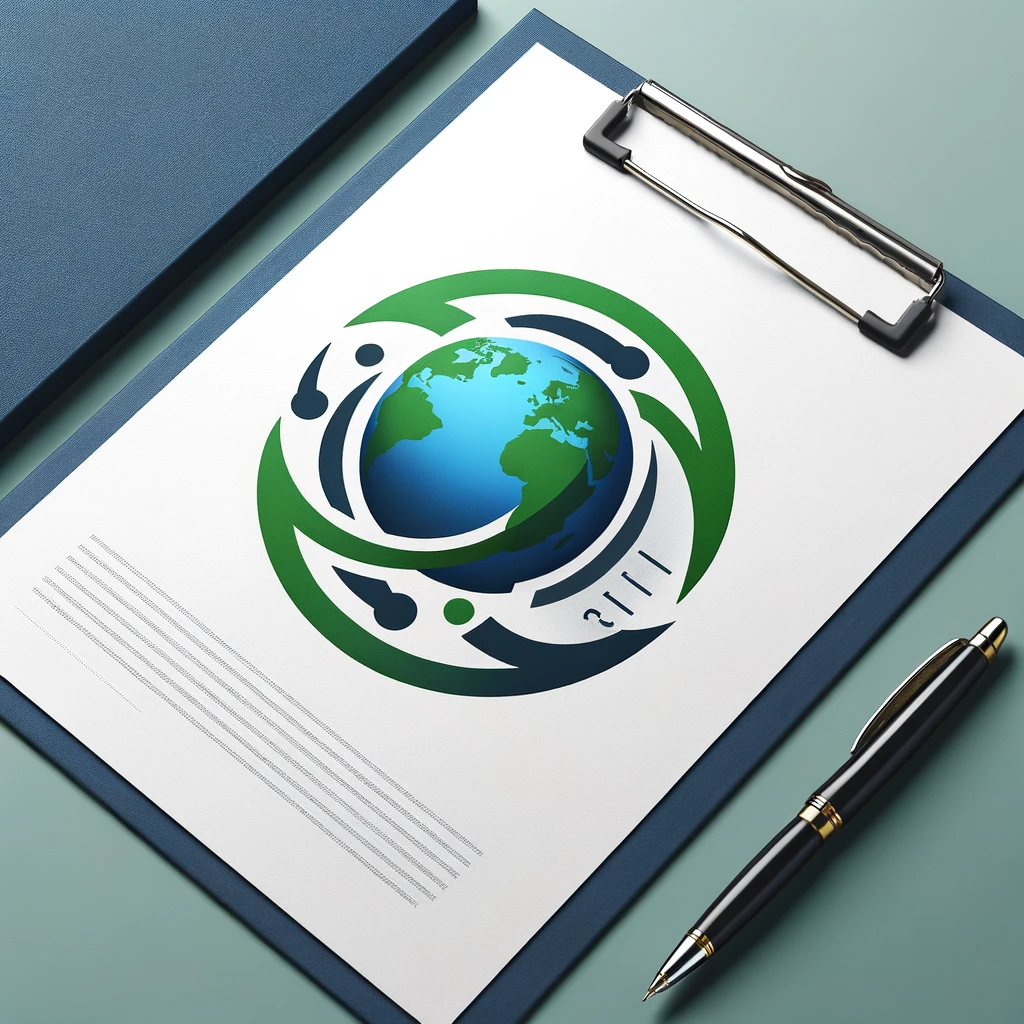The United Nations’ Sustainable Development Goals are primarily goals crafted for countries in 2015, to make the world a better place by 2030. Since then, it has been used as a framework for businesses to design and develop their sustainability strategy to be all-encompassing. Many annual reports use now these SDGs to report on the company’s ESG strategy.
In this article, we will explore what the UN Sustainable Goals are and why they matter to businesses (even if they are primarily for governments).
I. Understanding the UN Sustainable Development Goals
The Genesis and Vision
The SDGs were born out of the 2012 United Nations Conference on Sustainable Development in Rio de Janeiro. Officially adopted in 2015, they are a set of 17 interconnected objectives designed to address the world’s most pressing challenges by 2030. These goals cover a broad spectrum, from eradicating poverty and hunger to promoting sustainable industrialization and fostering innovation. Their website is updated frequently and contains a lot of information on each areas !
Country Participation
Participation in the SDGs by countries is voluntary and collaborative. Nations across the globe are encouraged to adopt these goals as part of their national development agendas and strategies. While the SDGs are not legally binding, they carry significant moral and political weight, as they represent a universal commitment to tackling critical global issues. Countries report their progress voluntarily through platforms like the High-Level Political Forum on Sustainable Development, fostering a spirit of shared responsibility and international cooperation.
The List of Goals

The Goals are the following (self explanatory):
- No Poverty
- Zero Hunger
- Good Health and Well-being
- Quality Education
- Gender Equality
- Clean Water and Sanitation
- Affordable and Clean Energy
- Decent Work and Economic Growth
- Industry, Innovation, and Infrastructure
- Reduced Inequalities
- Sustainable Cities and Communities
- Responsible Consumption and Production
- Climate Action
- Life Below Water
- Life on Land
- Peace, Justice, and Strong Institutions
- Partnerships for the Goals
The Goal’s Target and Indicators
Each goal, with its specific targets and indicator, offers a roadmap for each country to contribute meaningfully to global sustainability.
For the Goal 12 of responsible Consumption and production, there are 11 targets with indicators that will be used to track and monitor changes.


II. Why the SDGs Matter to Businesses and ESG Strategy Integration
While the SDGs have primarily been created for countries and public institutions, as a comprehensive roadmap to a better world, it is a great framework when it comes to designing ESG strategies for businesses. Nowadays, the primary topic discussed is carbon, but this framework helps businesses think beyond and incorporate all aspects when deciding to focus their action.
Inspiring Comprehensive ESG Strategies
The SDGs provide a comprehensive framework for Environmental, Social, and Governance (ESG) strategies. Aligning with these goals ensures that a company’s ESG approach addresses the most critical global challenges. From reducing the carbon footprint (Goal 13: Climate Action) to ensuring inclusive practices (Goal 5: Gender Equality), these goals guide businesses towards a holistic and impactful sustainability strategy.
Business Impact and Opportunities
Beyond the moral “duty” to strive for each of these goals, they are aspirations that will ensure businesses stay compliant with the ever-growing regulations and never get caught in PR crises.
Gender equality (Goal 5) is already mandated by law in many countries and bad practices are more often condemned.
If circular economy (Goal 12) is encouraged, why isn’t every business looking at how to make their products more repairable and continuing to make disposable products? Even Apple didn’t win against the EU and had to change iPhone charging cables.
Aspiring for these goals guarantees businesses a safer ride.
Conclusion
So, whether you are looking for a starting point for your sustainability strategy, or want to make it more comprehensive, the UN Sustainable Development Goals provide an excellent framework to ensure your business is at the forefront of sustainability or simply wants to remain relevant.
Sometimes, it’s just about common sense and applying the principles within its own organization: how can my products not destroy marine life? How can I make sure that gender equality is the norm? How can my products become more repairable and use recycled materials etc…
But it can also be about fostering community projects, local businesses and connecting with our environment to contribute positively.
Trying to uphold these objectives also maybe just guarantee better sleep at night for any business leader, their organization is literally doing good.



